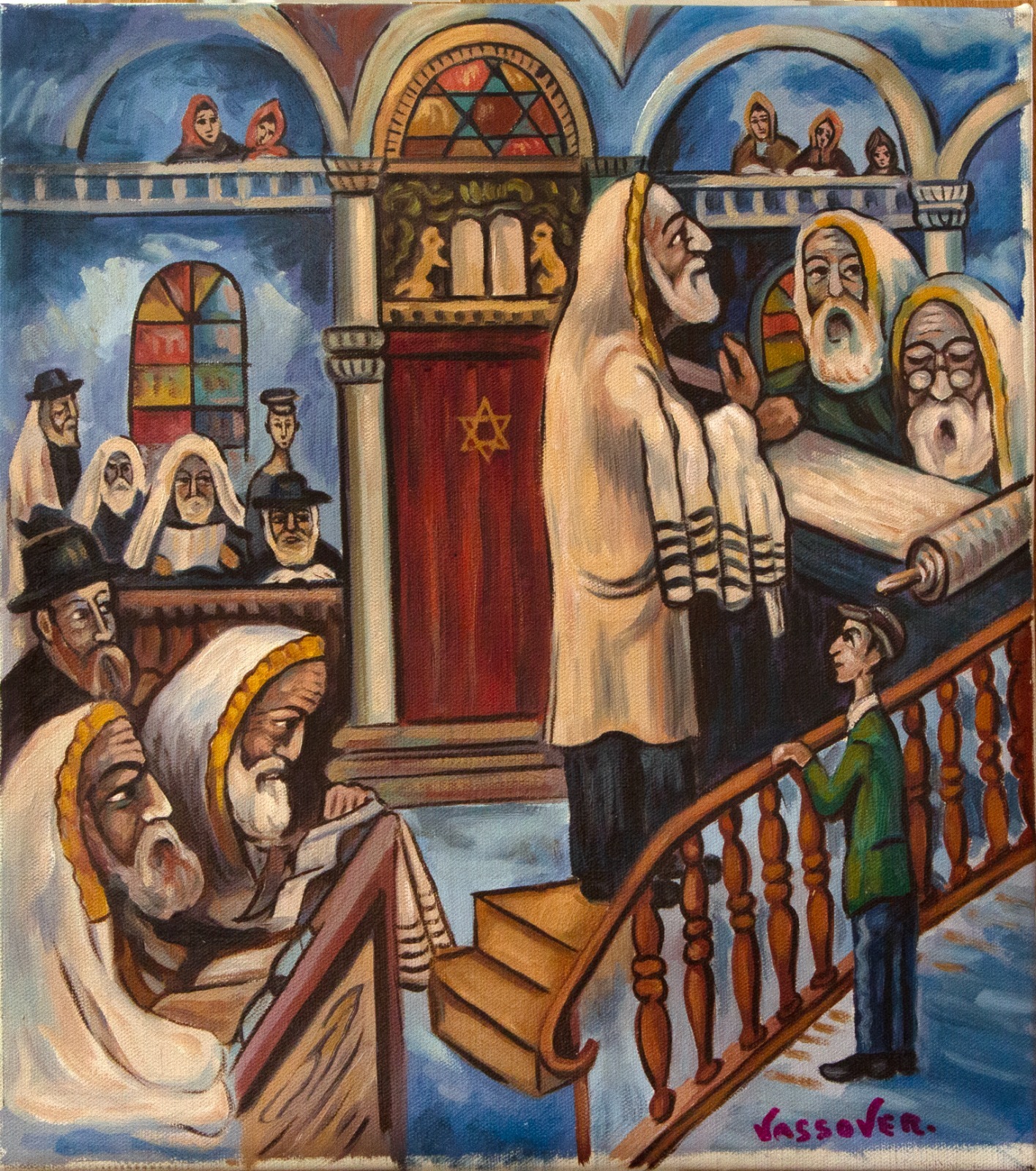TRANI – “At night I painted red pictures.” When art meets memory

Twenty-three works of Jewish art created before World War II form the exhibition “La notte dipingevo quadri rossi” (At night I painted red pictures), set in the premises of the former Scola Grande synagogue in Trani, in the Apulia region, now allocated as a Jewish Museum. The exhibition opens on Thursday, July 18th. The selected paintings, part of the Roberto Malini collection acquired by the Institute of Concentrationary Music Literature Foundation – ILMC of Barletta, “represent a dive into the dreamlike atmospheres of a Judaism that was, with its wise men, its scenes of prayer and marriage,” explained to Pagine Ebraiche pianist Francesco Lotoro, founder of the foundation, who has been active for several decades in preserving concentration camp music from oblivion. Music composed in ghettos, camps, and gulags will converge in the “Citadel of Concentration Camp Music,” currently being developed in Barletta under his initiative, along with forms of art capable of prompting reflection on those dark years, such as the paintings donated to the foundation by poet and writer Roberto Malini.
The collection was conceived “as a reference point for a place of community, a symbol of the civil and cultural growth of that place, and an educational destination for schools.” The exhibition “La notte dipingevo quadri rossi” is organized by the SECA Foundation in collaboration with ILMC and with the patronage of the Union of the Italian Jewish Communities. The title, Lotoro said, pays tribute to both the “red pictures” of the Polish artist Jacob Vassover and the memoir Night by Romanian-born writer Elie Wiesel, both Holocaust survivors. The exhibition will remain open until September 12 and will then pass the baton at the end of October to another exhibition featuring 114 drawings by painter Francesco Ferruccio Frisone, who was among the hundreds of thousands of Italian military internees deported to Nazi concentration camps. This represents another “precious contribution” to what Lotoro described as the process of “revitalizing Memory.”
